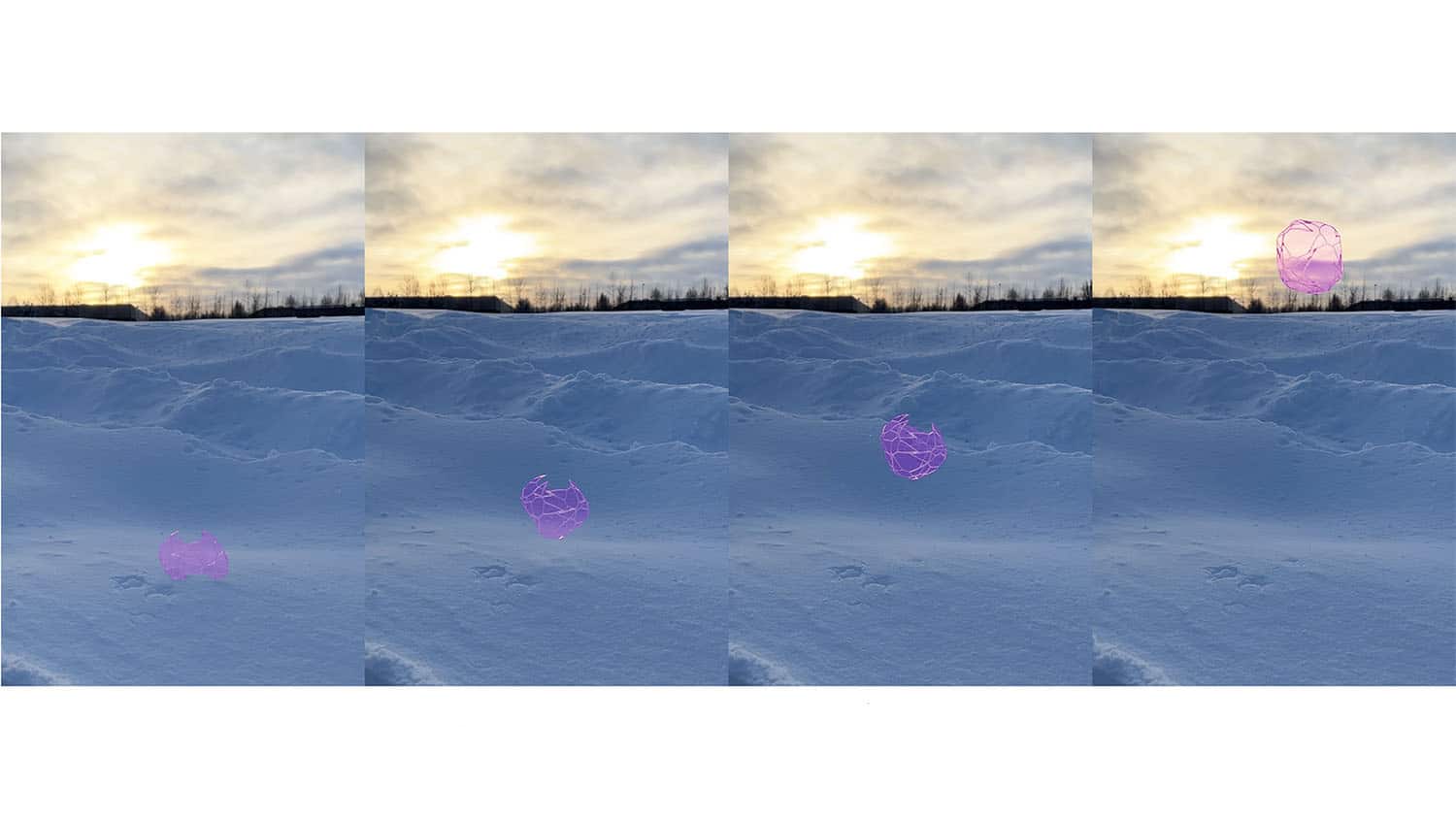It Could Take Over 40 Years for PFAS to Leave Groundwater

For Immediate Release
Per- and polyfluoroalkyl chemicals, known commonly as PFAS, could take over 40 years to flush out of contaminated groundwater in North Carolina’s Cumberland and Bladen counties, according to a new study from North Carolina State University. The study used a novel combination of data on PFAS, groundwater age-dating tracers, and groundwater flux to forecast PFAS concentrations in groundwater discharging to tributaries of the Cape Fear River in North Carolina.
The researchers sampled groundwater in two different watersheds adjacent to the Fayetteville Works fluorochemical plant in Bladen County.
“There’s a huge area of PFAS contaminated groundwater – including residential and agricultural land – which impacts the population in two ways,” says David Genereux, professor of marine, earth and atmospheric sciences at NC State and leader of the study.
“First, there are over 7,000 private wells whose users are directly affected by the contamination. Second, groundwater carrying PFAS discharges into tributaries of the Cape Fear River, which affects downstream users of river water in and near Wilmington.”
The researchers tested the samples they took to determine PFAS types and levels, then used groundwater age-dating tracers, coupled with atmospheric contamination data from the N.C. Department of Environmental Quality and the rate of groundwater flow, to create a model that estimated both past and future PFAS concentrations in the groundwater discharging to tributary streams.
They detected PFAS in groundwater up to 43 years old, and concentrations of the two most commonly found PFAS – hexafluoropropylene oxide-dimer acid (HFPO−DA) and perfluoro-2-methoxypropanoic acid (PMPA) – averaged 229 and 498 nanograms per liter (ng/L), respectively. For comparison, the maximum contaminant level (MCL) issued by the U.S. Environmental Protection Agency for HFPO-DA in public drinking water is 10 ng/L. MCLs are enforceable drinking water standards.
“These results suggest it could take decades for natural groundwater flow to flush out groundwater PFAS still present from the ‘high emission years,’ roughly the period between 1980 and 2019,” Genereux says. “And this could be an underestimate; the time scale could be longer if PFAS is diffusing into and out of low-permeability zones (clay layers and lenses) below the water table.”
The researchers point out that although air emissions of PFAS are substantially lower now than they were prior to 2019, they are not zero, so some atmospheric deposition of PFAS seems likely to continue to feed into the groundwater.
“Even a best-case scenario – without further atmospheric deposition – would mean that PFAS emitted in past decades will slowly flush from groundwater to surface water for about 40 more years,” Genereux says. “We expect groundwater PFAS contamination to be a multi-decade problem, and our work puts some specific numbers behind that. We plan to build on this work by modeling future PFAS at individual drinking water wells and working with toxicologists to relate past PFAS levels at wells to observable health outcomes.”
The study, “Forecasting and Hindcasting PFAS Concentrations in Groundwater Discharging to Streams near a PFAS Production Facility,” appears in Environmental Science & Technology and was supported by the North Carolina Collaboratory. NC State postdoctoral researcher Craig Jensen is first author. Kip Solomon of the University of Utah, Troy Gilmore of the University of Nebraska and Detlef Knappe of NC State also contributed to the work.
-peake-
Note to editors: An abstract follows.
“Forecasting and Hindcasting PFAS Concentrations in Groundwater Discharging to Streams near a PFAS Production Facility”
Authors: Craig R. Jensen, David P. Genereux, Detlef R. U. Knappe, North Carolina State University; D. Kip Solomon, University of Utah; Troy E. Gilmore, University of Nebraska
Published: Sept. 25, 2024 in Environmental Science & Technology
Abstract:
Per- and polyfluoroalkyl substances (PFAS) are known to be highly persistent in groundwater, making it vital to develop new approaches to important practical questions such as the time scale for future persistence of PFAS in contaminated groundwater. In the approach presented here, groundwater from beneath streambeds was analyzed for PFAS and age-dated using SF6 and 3H/3He. The results were coupled with groundwater flux measurements in a convolution approach to estimate past and future PFAS concentrations in groundwater discharge to the streams. At our test site near the Cape Fear River (CFR) of North Carolina, PFAS were detected in groundwater up to 43 years old, suggesting that some PFAS entered groundwater immediately or shortly after fluorochemical production began at the nearby Fayetteville Works. Results are consistent with little to no retardation in groundwater for perfluoroethers such as hexafluoropropylene oxide-dimer acid (HFPO–DA) and perfluoro-2-methoxypropanoic acid (PMPA), the two most abundant PFAS, with mean concentrations of 229 and 498 ng/L, respectively. Future PFAS concentrations in groundwater discharge to streams were estimated to remain above current MCL or health advisory levels through at least 2050 or 2060 (using 3H/3He and SF6, respectively). Recent atmospheric deposition data suggest lower but non-negligible amounts of PFAS may continue to enter groundwater, likely further extending PFAS persistence in groundwater and the adjacent CFR. This approach shows promise for giving an overall perspective on persistence of PFAS in groundwater discharge from a broad contaminated area.


